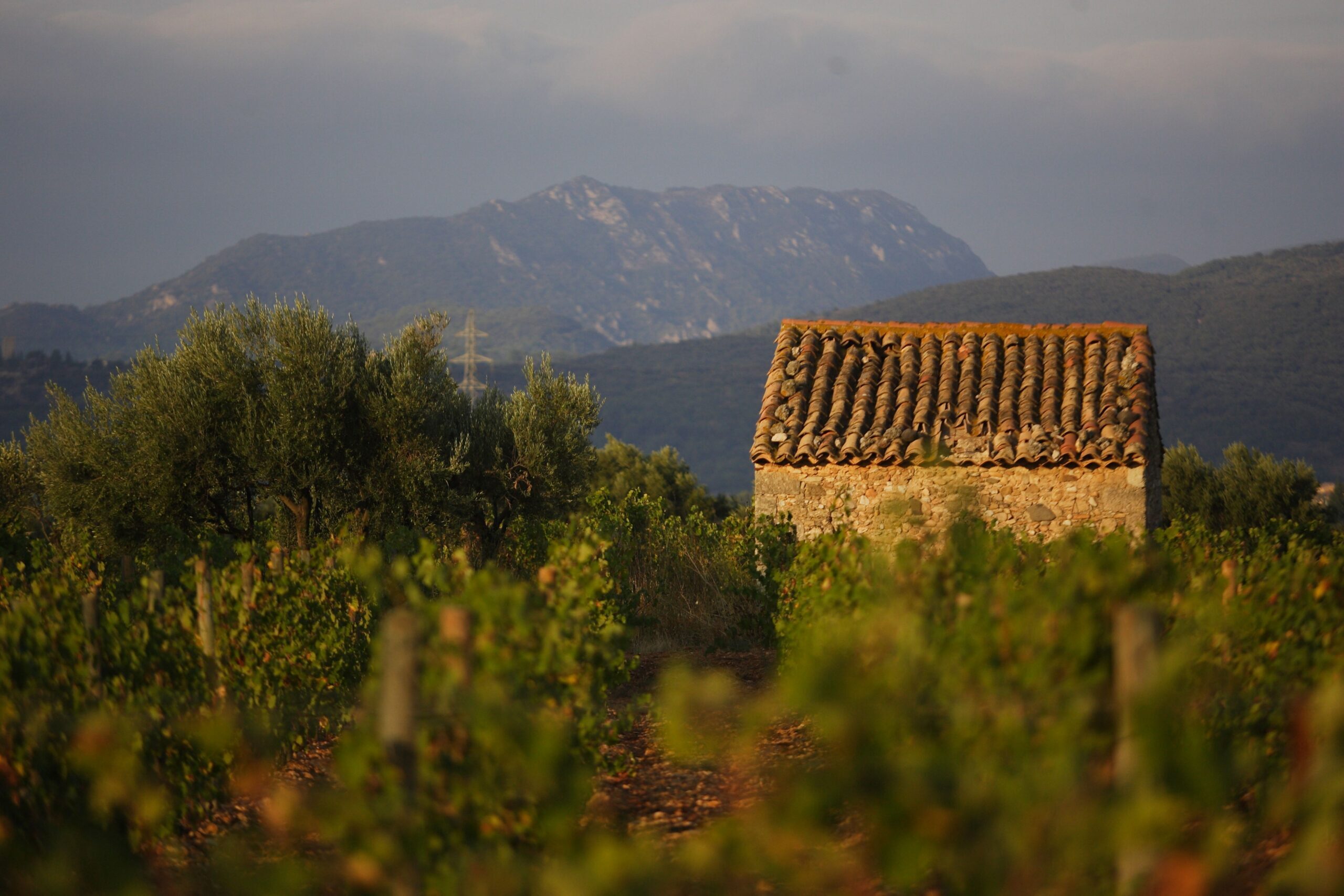As we just shared this on our La Pèira site in French, thought we’d do so here.
Jay McInerney, the famous author, writing in the Wall Street Journal, tackles Grange des Pères, Domaine Gauby’s Côtes du Roussillon La Mutanda, and La Pèira, in this article here.
Languedoc-Roussillon Tasting
by Jay McInerney
The Languedoc-Roussillon is a vast and geologically heterogeneous region (witness the compound name), a crescent stretching along the Mediterranean from the Pyrenées to the Costières de Nîmes, producing an ocean of wine, most of which is not really interesting.
But I was reminded again last night of the enormous potential of this region (or, to be more precise, these two regions) when I opened a bottle of 2007 La Pèira en Terrasses du Larzac Coteaux du Languedoc within a week of relishing a bottle of Domaine Gauby Côtes du Roussillon La Mutanda.
Gérard Gauby is one of the pioneers of the region, who farms biodynamically and creates wines from very old vines which combine power and finesse. The La Mutanda was an extraordinarily rich and complex wine which had great lift and delineation and never seemed overblown for all its density and power. (Didn’t actually make notes, it was one of those nights.)
La Pèira en Damaisela is a new domain owned by, according to the estimable David Schildknecht on eRobertparker.com, “London-based composer Robert Dugan.” Despite the different (or incorrect) spelling, I’m wondering if this is the same person as Robert Dougan, aka Rob D, the Australian-born DJ and composer of the dance hit “Clubbed to Death.” The song gained club fame on its release in ’95, and later in a remix called the Kurayamino Mix, on the soundtrack of ”The Matrix.”
If it’s him, Mr. D is a very multitalented guy indeed, although no one has actually suggested that he makes the wine himself, Claude Gros and Jérémie Depierre being the winemakers of record. But in addition to great ears, the guy apparently has a great nose for terroir.
At any rate, the 2007, which was such a sensational vintage in southern France, is one of the most voluptuous and exciting wines I’ve tasted this year. It’s extremely ripe, rich and viscous, with those warm notes of hot-climate Grenache, but it stops short of being baked or raisiny, the sweet Grenache fruit balanced by deep dark chocolate and earthy bass notes.
The texture and the depth of flavor are amazing. It reminded me at different moments of ’89 La Mission [Haut-Brion], ’04 [Galardi] Terre di Lavoro and ’90 [Henri] Bonneau [Réserve des] Célestins. (I got my bottle from Sokolin and then, curiously enough, got an offer for the wine from Premier Cru a few days later.)
And just to round out my mini-tour of this sprawling region, I got to taste the 2005 Grange des Pères out of magnum the other night at Terroir. Daniel Johnnes was hosting a tasting of his new Bordeaux portfolio, which is terrific, and reasonably priced, though it seemed kind of odd to be drinking Bordeaux at this geek mecca, with the great Paul Grieco himself, the king of Riesling, presiding.
Less anomalous in this context was the Grange des Pères which Daniel had brought along. Grange des Pères was one of the first of the new-wave, premium Languedocs, and it appears to be more than holding its own in recent vintages, while my latest experience suggests that the wine is built to improve with age.
The ’05 was drinking beautifully—a big burly southern wine with spicy gamy notes. GDP is a blend of Syrah, Cabernet and Mourvedre, but in this vintage, on this particular night, the Mourvedre was dominant.
Lately, Languedoc and Roussillon are increasingly finding their own identities, and no doubt further appellations will be carved out of both regions. Wines like these can only raise the profiles of each.
*** ©The Wall Street Journal
We’ve never tasted the Galardi Terre di Lavoro and hope to one day. The reference brought to mind Robert Browning’s poem (who lived in Campania) on two differing tastes: De Gustibus—.
A poem that seemed to symbolise – when we commenced – the exciting alternate esthetic a flourishing South could offer.

